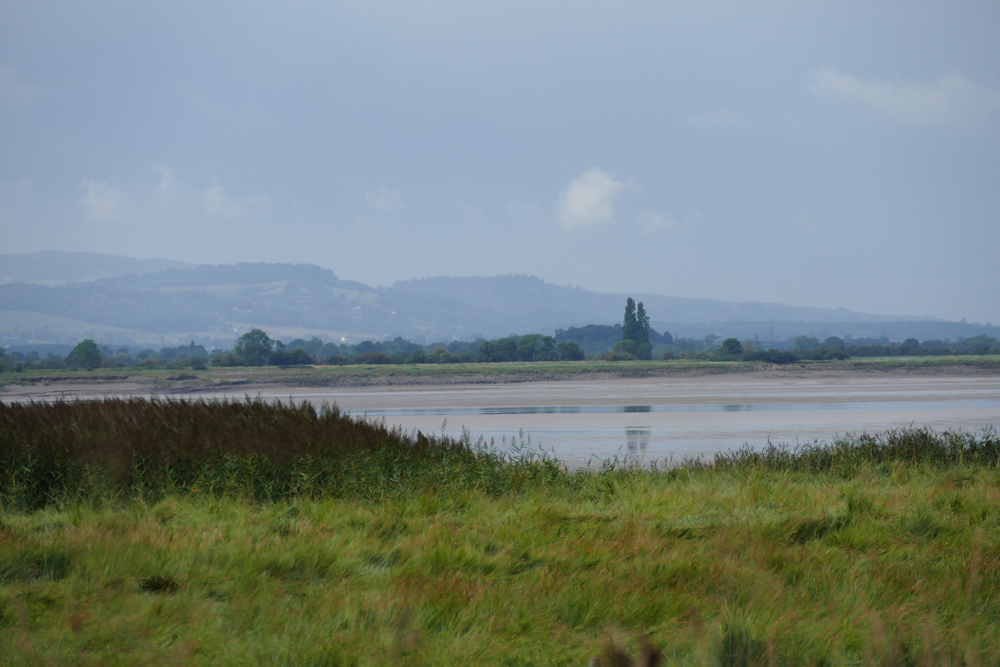Stourport is a historic Georgian town situated in central England. Unique for being the only town in Britain developed because of a canal being built. The canal basins which connect the Staffordshire and Worcestershire Canal to the River Severn at the heart of Stourport, have shaped the history and development of the town.
Stourport didn’t exist before the canal came to the area in the 1770s, but Britain’s longest river, the great River Severn was important to people living in the area for centuries before as a transport link. Fishing on the River Severn was a vital source of food, employment and trade.
James Brindley saw the Staffordshire and Worcestershire Canal as one the arms of his “Grand Cross” nationally linking rivers inland (Severn, Mersy, Trent and Thames) rather than merchants having to risk sea passages around the country.
The canal opened in 1771 and by 1812 five canal basins had been built which let to Stourport becoming a transshipment hub for the country as well as fuelling the growth of local industry (foundries, carpets, tannery, vinegar).
Stourport was also home to the Baldwin family who were iron masters. Their factory was located next to the canal and products were taken away by boat and distributed around the country. For 5 generations, the foundry was a major source of work in Stourport. The Baldwin family were famous in later years as both Alfred, and later his son Stanley were both Prime Ministers.
Share:
Historic Timeline of Stourport-on-Severn
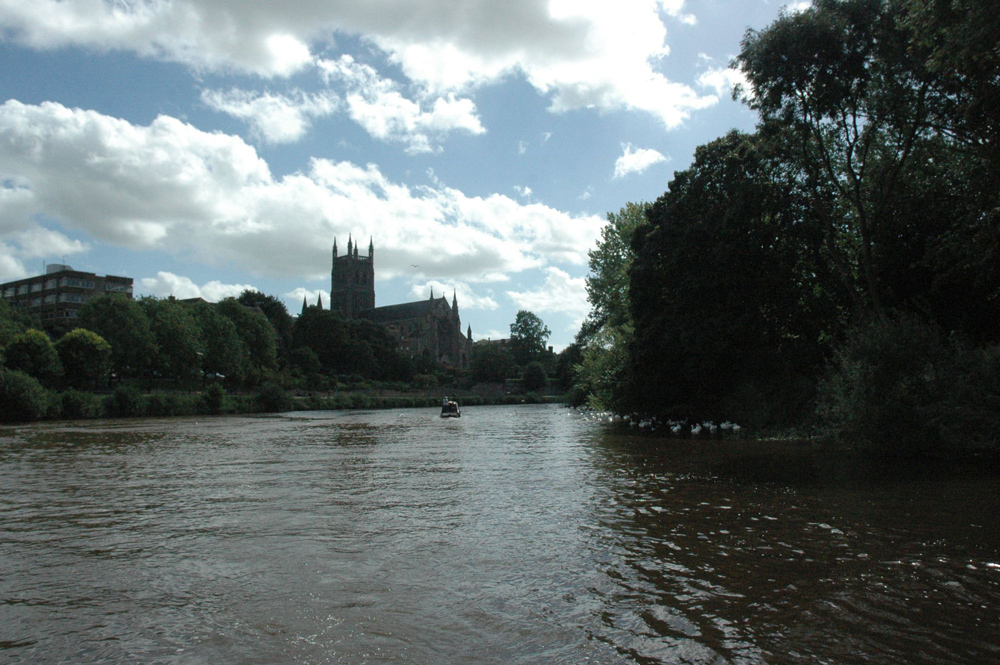
Mitton

River Fish
Today, the Unlocking the Severn Project, is bringing back migratory fish to the river.
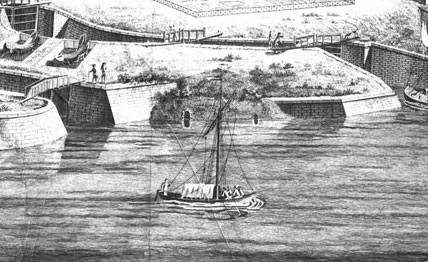
Fish Weirs and Mills
In 1558 Queen Elizabeth recognised the value of maintaining fish on the river when she ordered the destruction of fishing weirs below Gloucester to prevent the taking of any ‘lamprey, shad or twait’.
At this time, early maps show the nearby River Stour to be lined with water mills – wyre mills and fulling mills. The river was also used to transport goods between the great River Severn and Stourbridge – boat owners were skilful navigators, working the river when there was enough water.

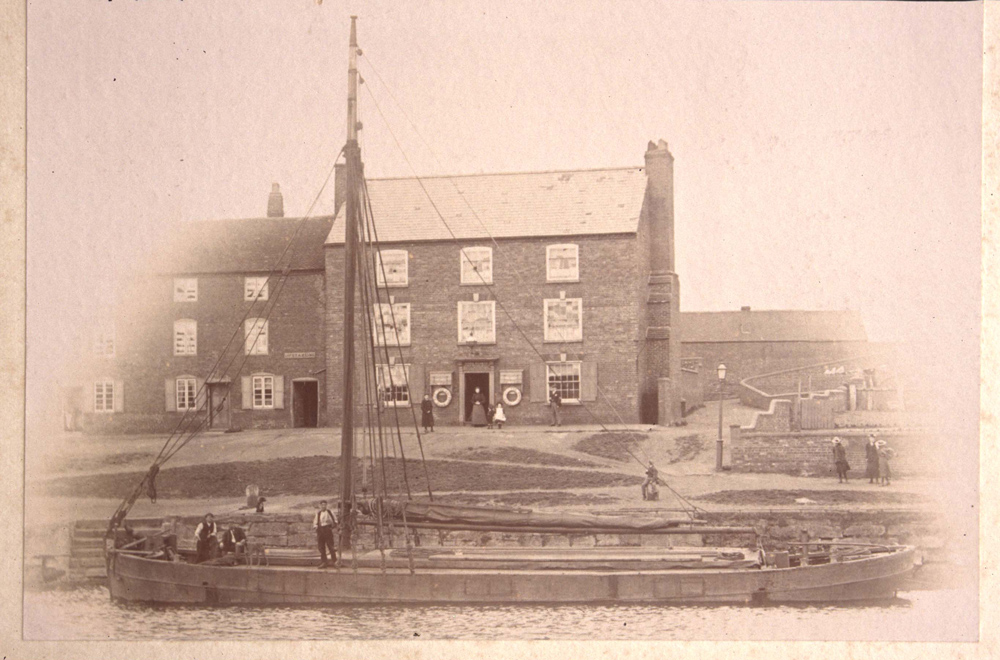
Transporting goods

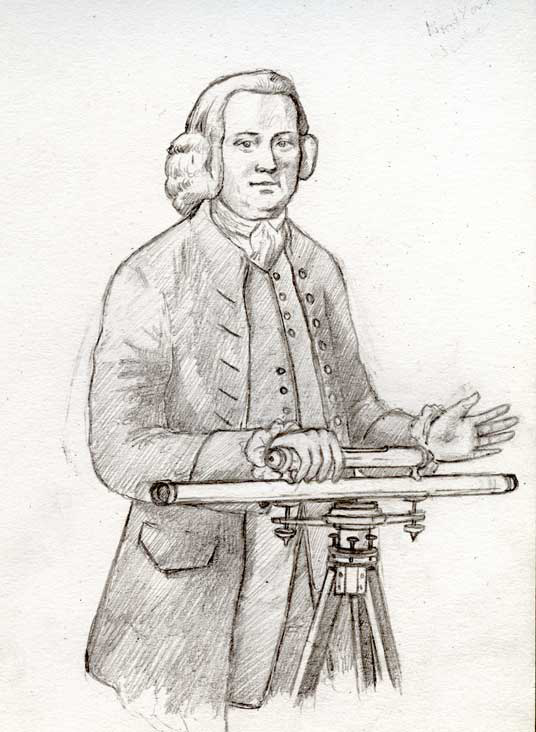
Linking rivers

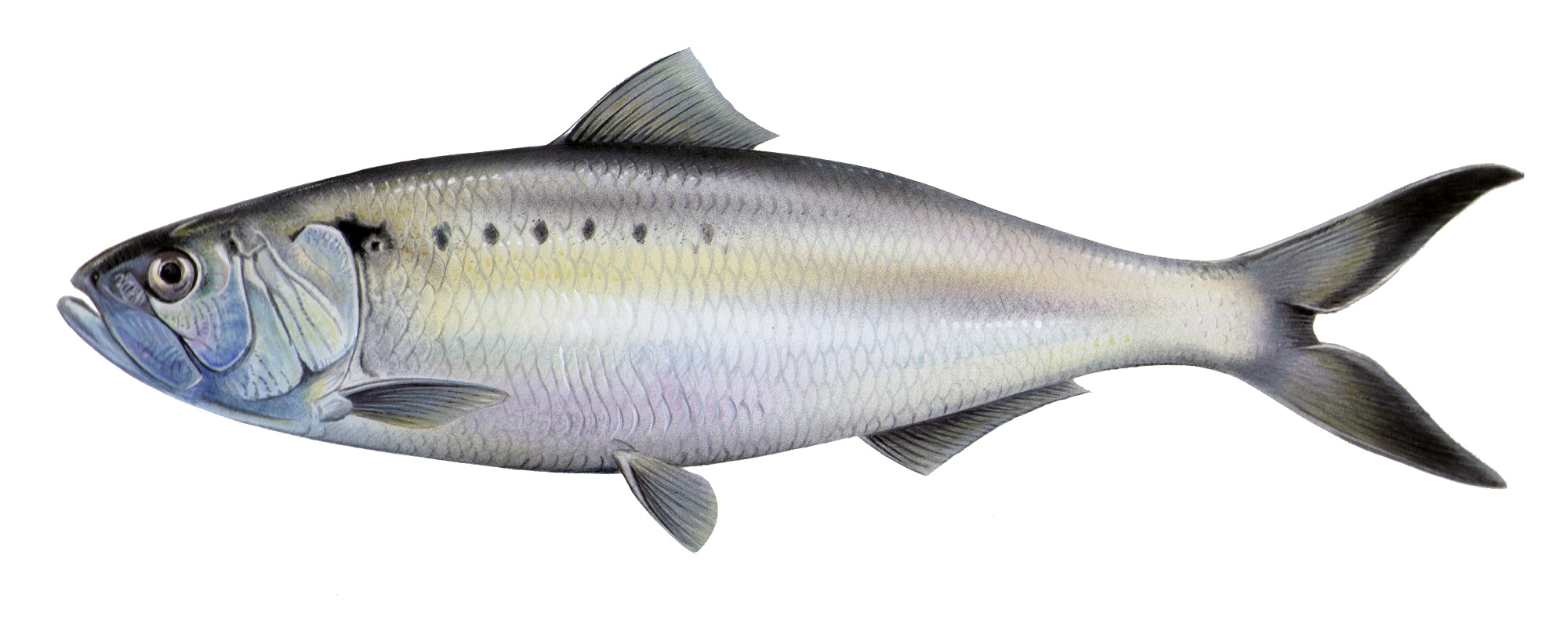
Severn Shad

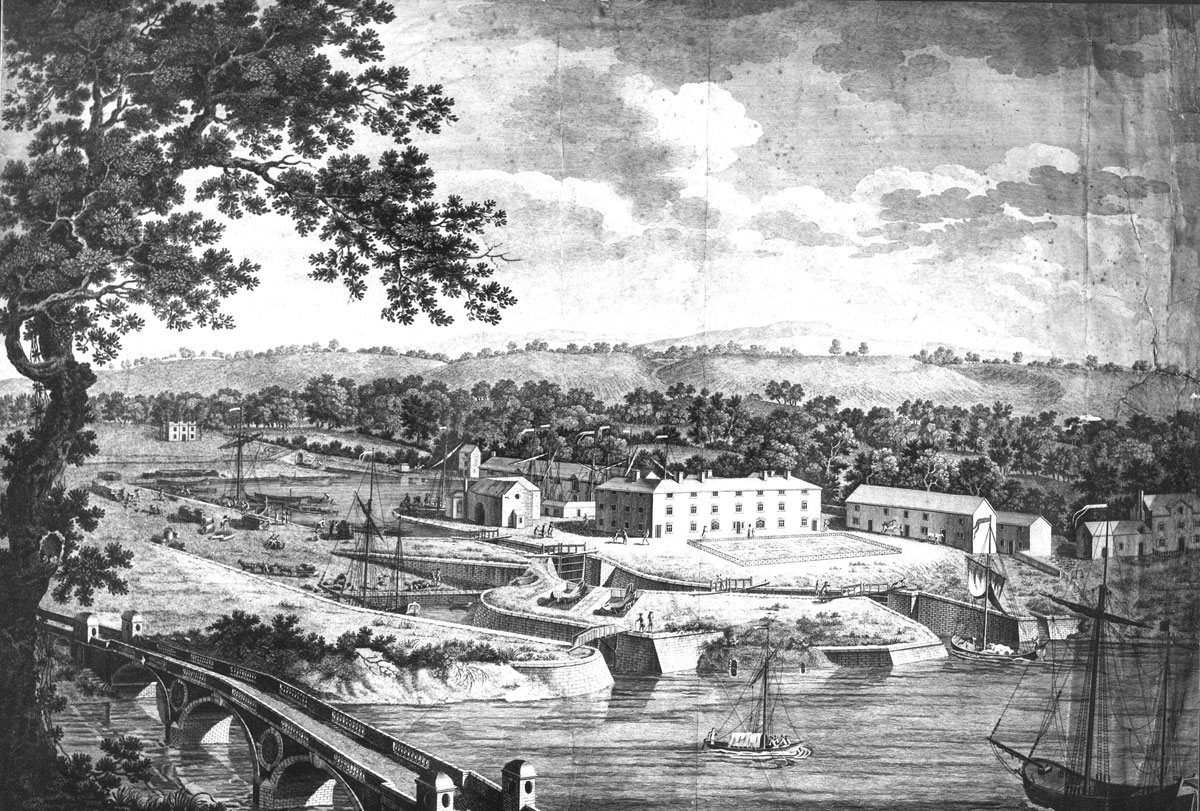
A perfect location

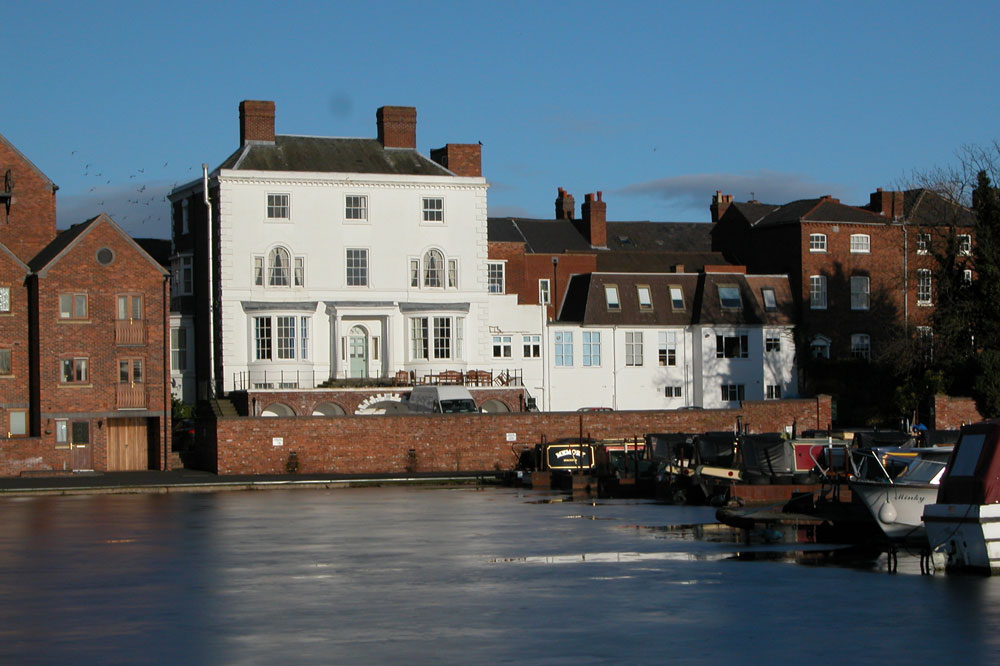
The Canal opens


Bridges

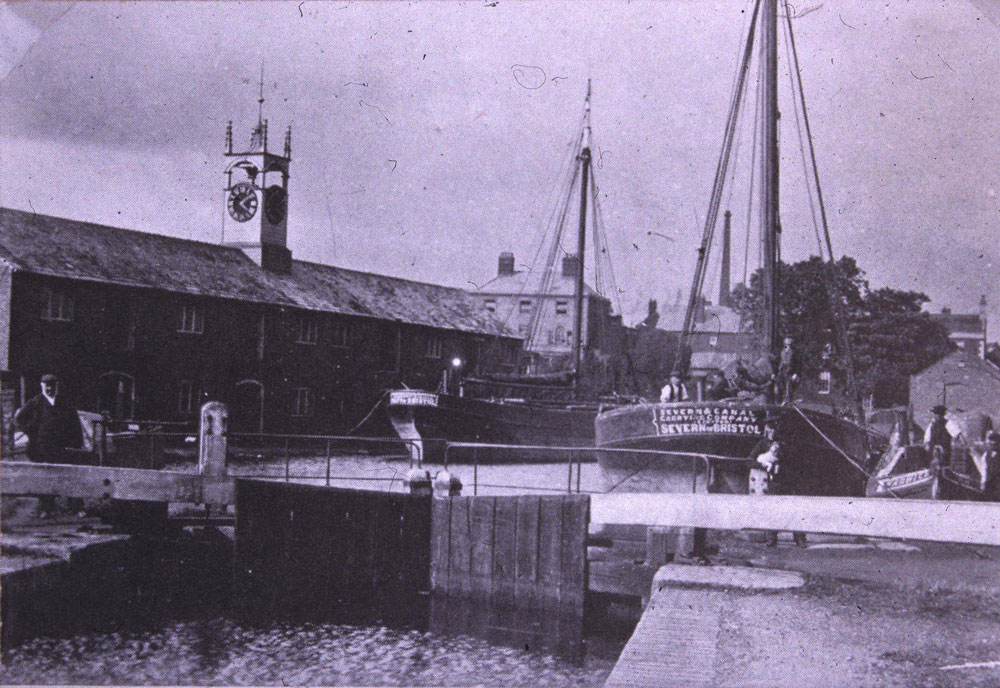
Finest vessels on the Severn

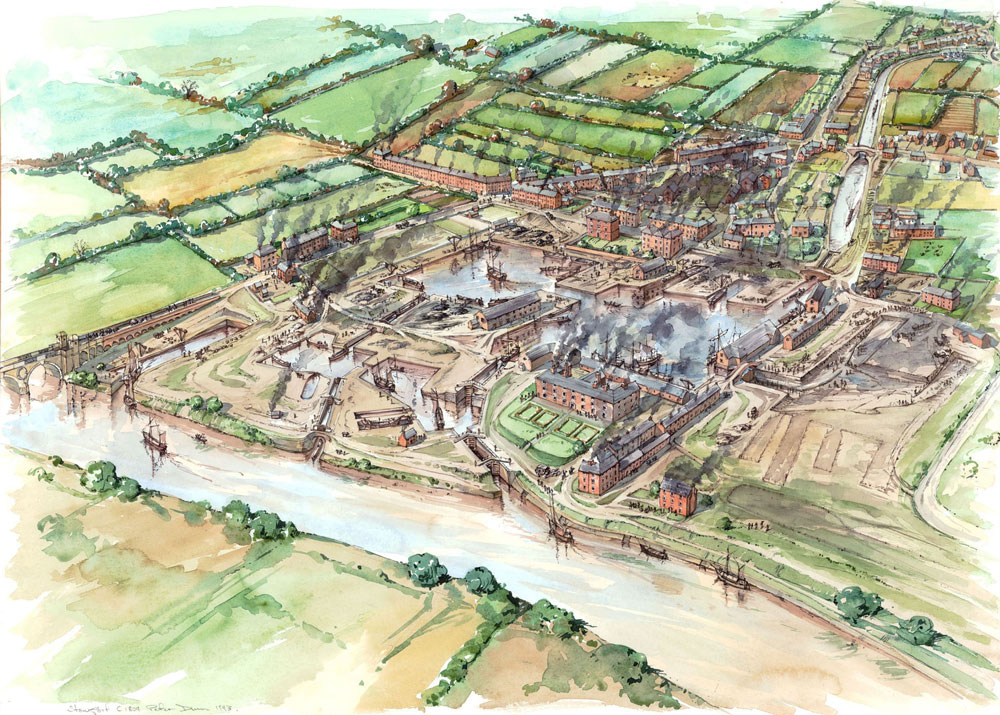
Basins complete
Image credit: English Heritage


Baldwins Best Butts
He soon began to specialise in hinges, known as "Baldwin’s Best Butts". By 1814 he had bought the business and was so wealthy that he began to buy up local mills. For 5 five generations, the foundry was a major source of work in Stourport.
The factory was located next to the canal and it's products were taken away by boat and distributed around the country. The foundry had so much work that the forges burned all night.
The Baldwin family were famous in later years as Alfred and later his son, Stanley were both prime ministers.

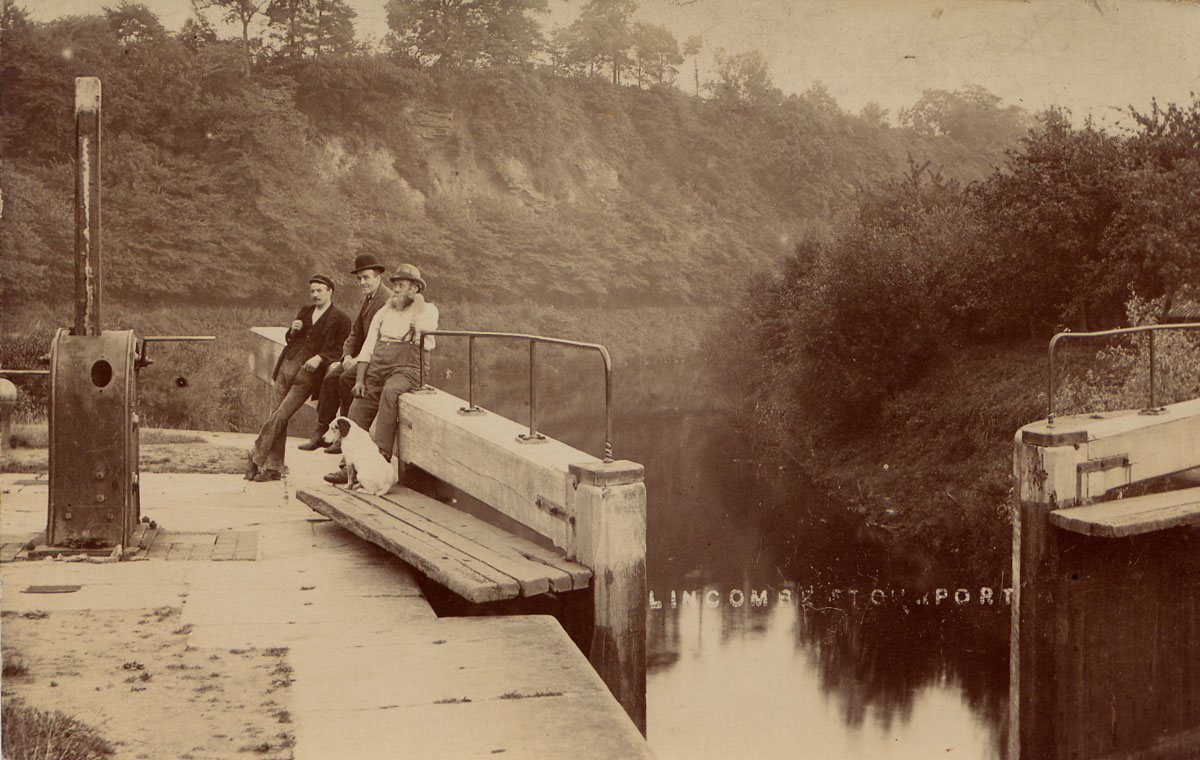
River Severn improvements

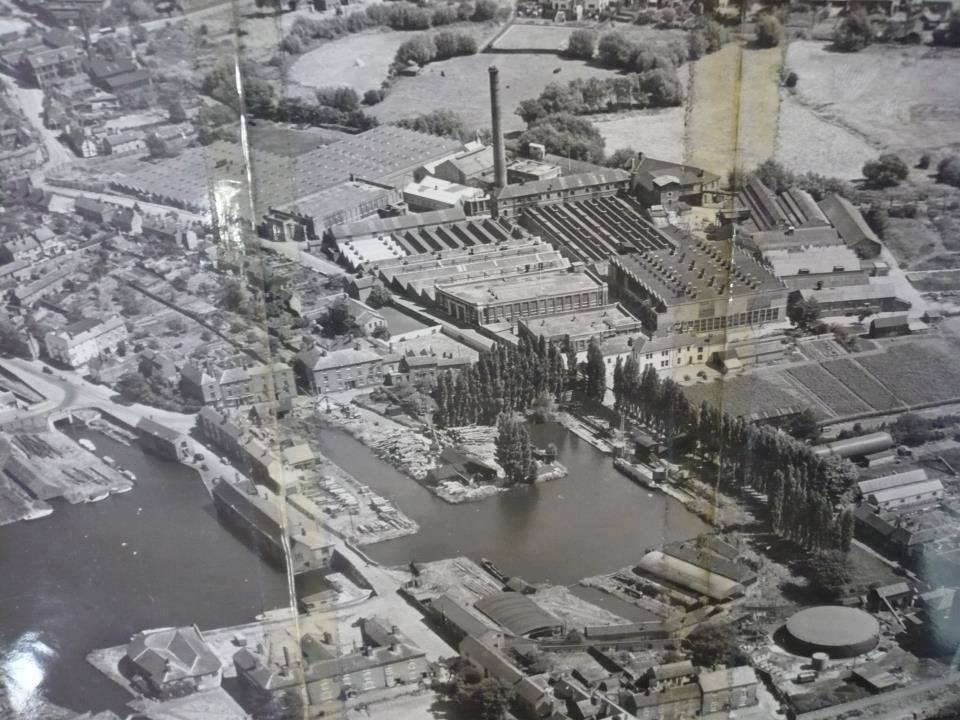
Carpets of Worth
The area was known for a heavy weight cloth known as "Kidder Stuff". By 1749 the new flat weave Kidderminster carpet was selling well and a looped pile carpet called Brunswick was soon added.
The building of the canal gave the company owners access to new markets across the country and they quickly made vast profits.
The first carpet factories were built in Stourport, close to the rivers for washing and dyeing and close to the canal for efficient transport. Henry Worth moved his established business here in 1852 and by the 1920s they had a workforce of over 1,00 employees. The river locks made navigation easier, but were catastrophic for migratory fish, stopping fish from travelling upstream.

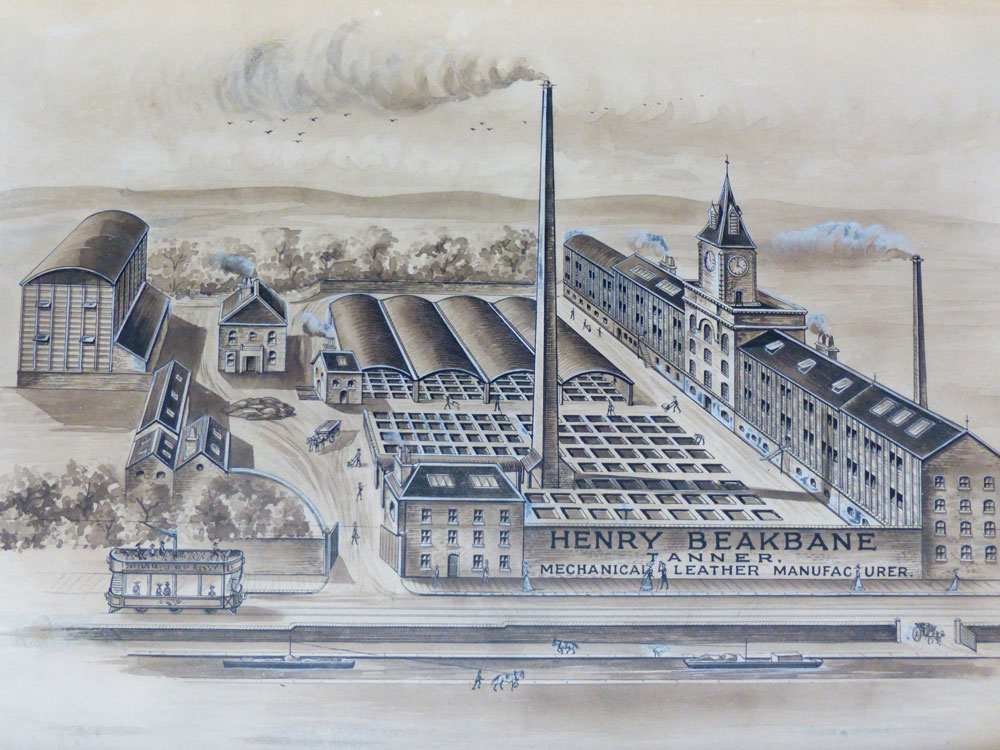
Harnesses, shoes and gloves
Leather for horse harnesses and shoe leather were in great demand. After a terrible fire in about 1860 a new factory was built, but its success was short lived as the railways began to replace horse transport and factory made shoes put the craftsman cobbler out of business.
During the first world war the factory turned out leather for driving belts and other engineering products until, in the 1920s, they changed to a light leather for gloves, coats, shoe uppers and bags. After another disastrous fire, in the early 1960s, the tannery closed.

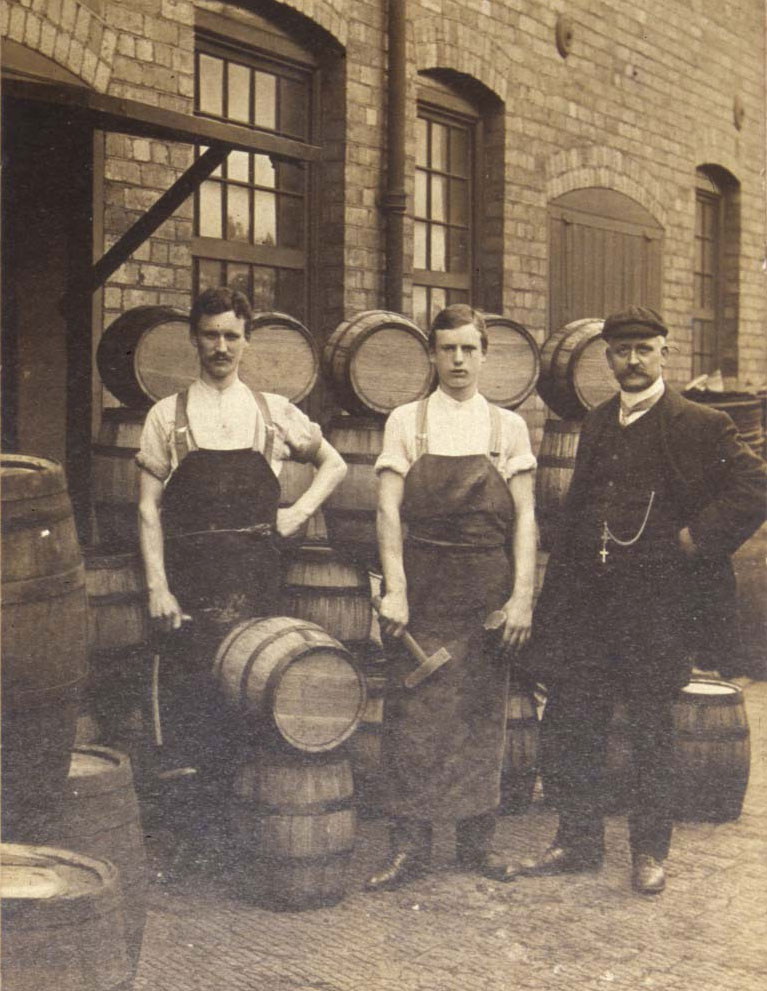
Holbrooks Vinegar
The new malt vinegar works was built at Cheapside in between the Rivers Stour and Severn. It was built here because of the quality of local water, filtered by sandstone, and because the barrels of vinegar could be transported efficiently by narrowboat.
The factory expanded and changed hands several times during it’s 200 years at Stourport. In 1894 it boasted three of the largest vats in the world and employed 150 workmen.

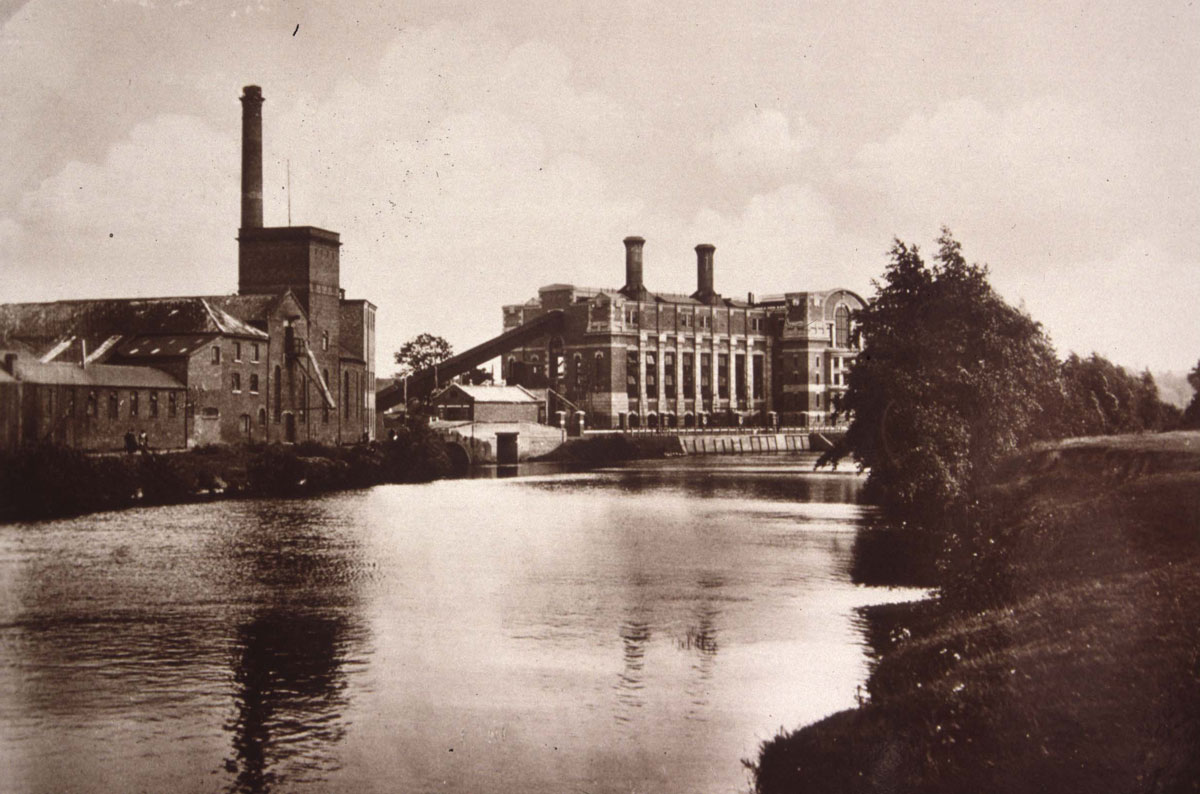
Power...

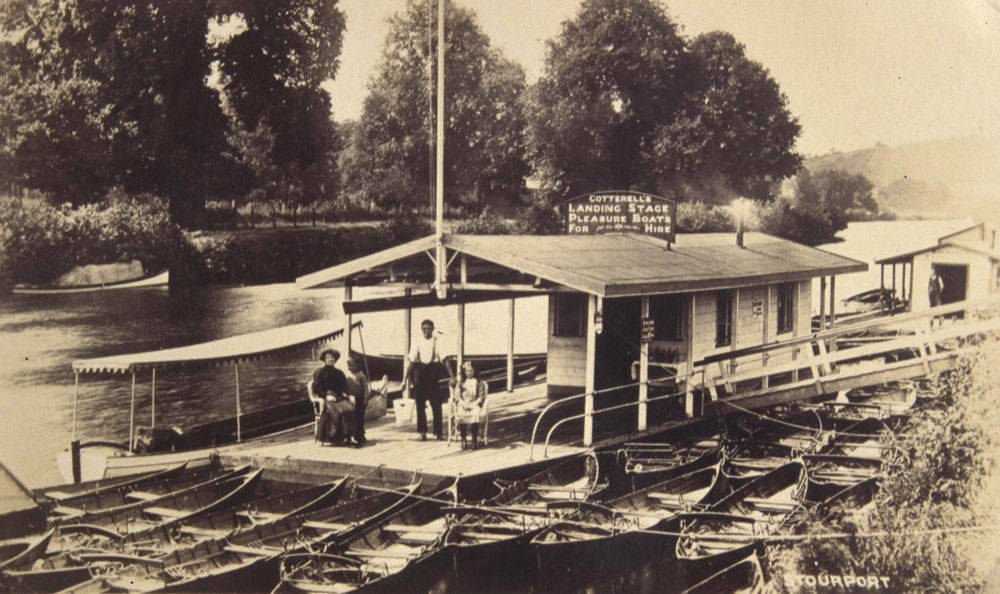
...and Pleasure

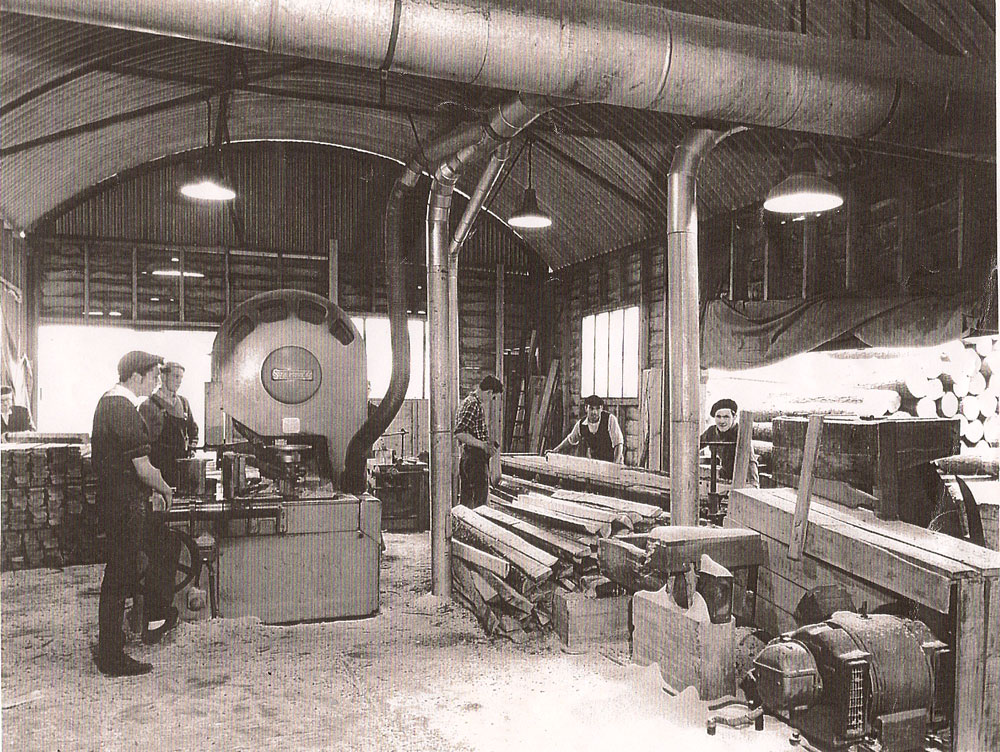
New uses for old canals
By the 1940s, there was a saw mill in the Clock Warehouse run by the Corbett family. The company first began making fence panels in the 1960s. This company later became Larch Lapp the famous maker of fencing panels.

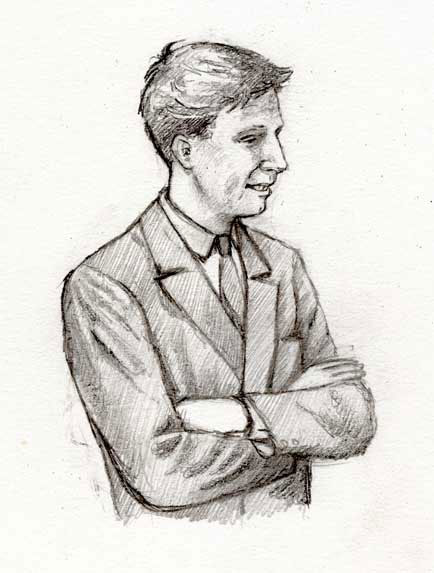
Pioneers of leisure

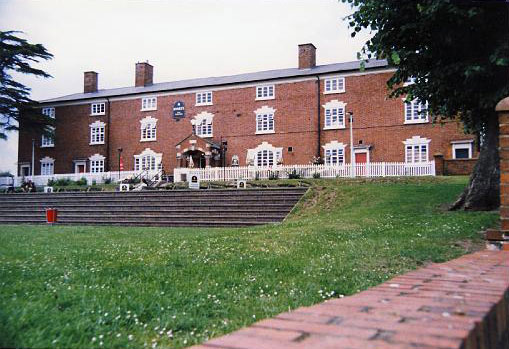
The Tontine

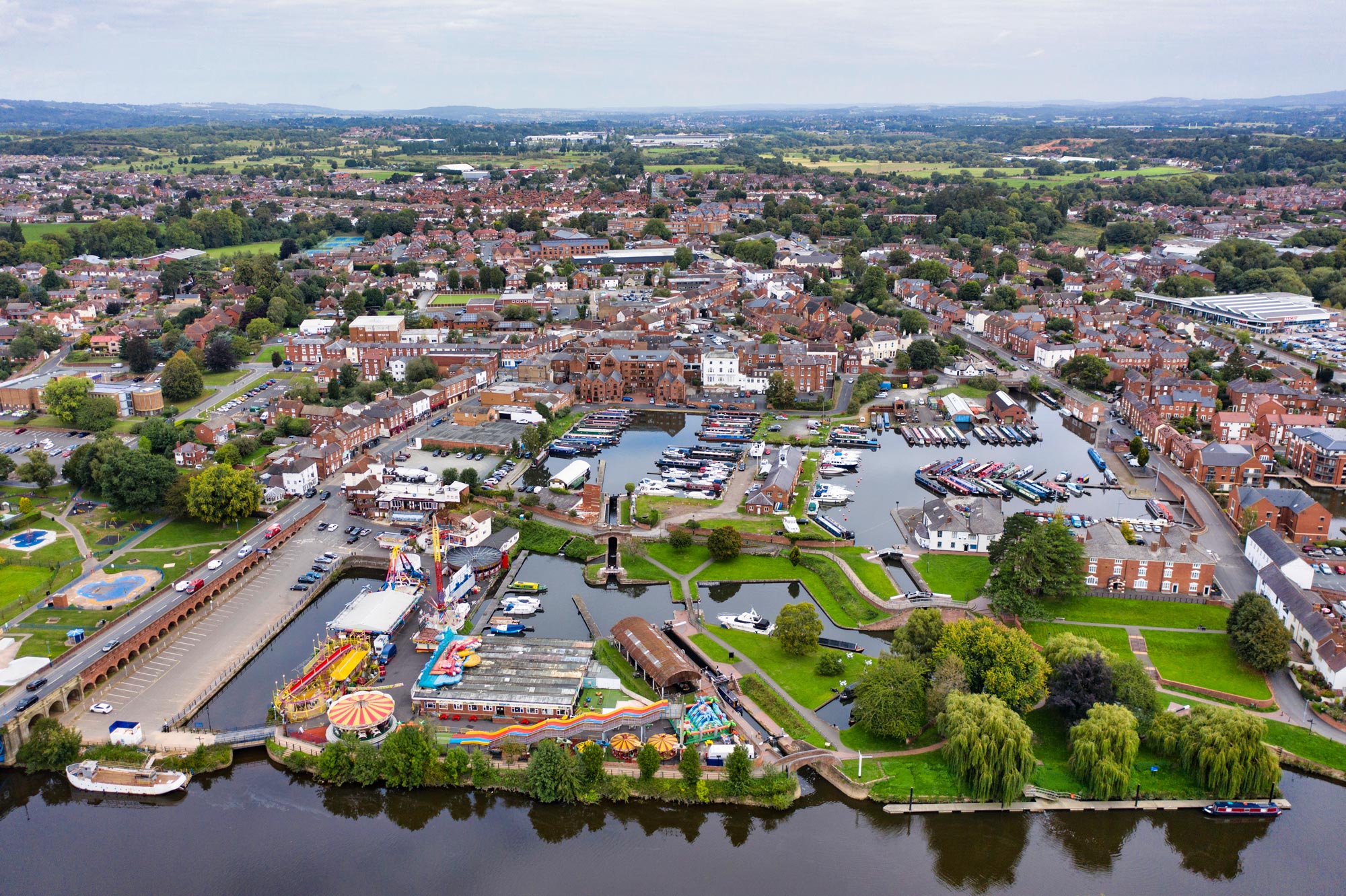
Regeneration
Image credit: Michael Whitefoot


The Stourport Dig

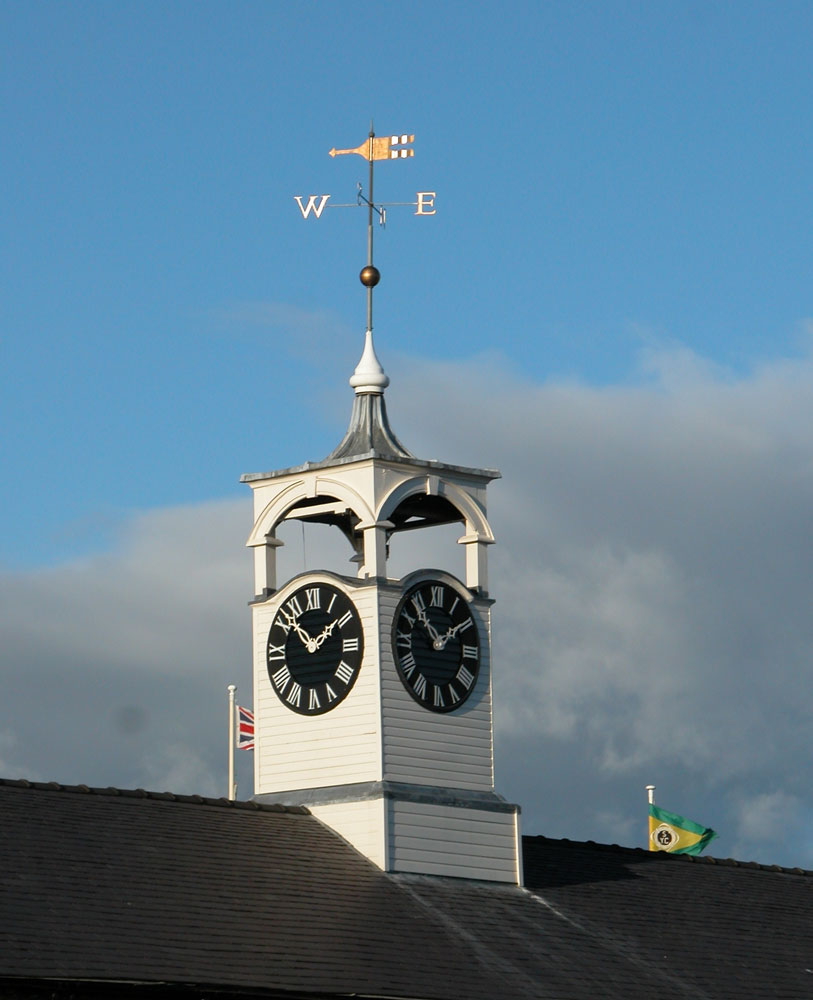
Stourport Today

The canal basins are a fascinating place to wander around and explore. The abundance of water creates an air of peace and tranquillity, reflected buildings and boats offer photographers lots of great views. Visitors can relax and unwind in one of the local pubs or cafes in and around the Canal Basins. Its also a great place to watch boats travelling through the locks and the canal basins, with a great variety of river and canal boats as well as many listed Georgian houses and warehouses.

